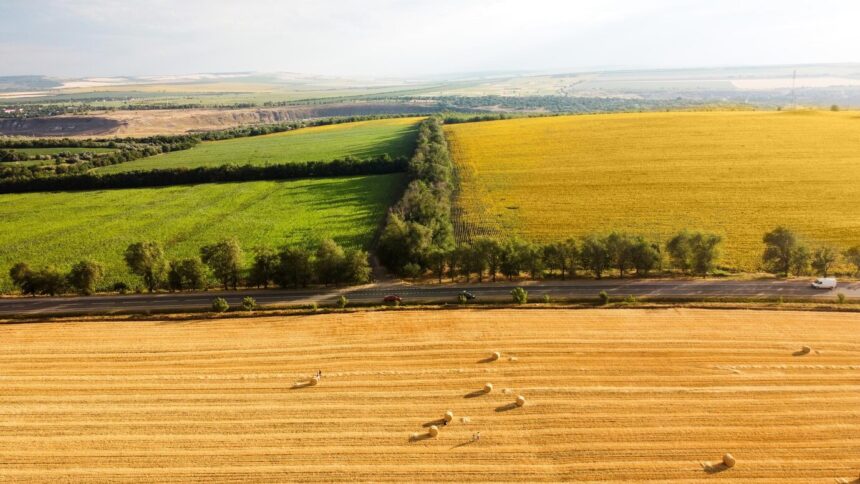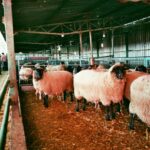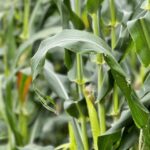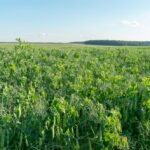Access to land is one of the most critical factors for starting and expanding a successful farming operation in South Africa. Whether you’re a new farmer looking to get started or an experienced grower aiming to expand, finding and securing land can be a challenging yet achievable goal. With the right approach, resources, and understanding of the available options, it’s possible to gain access to farmland through various government, private, and community initiatives. Here’s a practical guide on how to access land for farming in South Africa.
1. Understand the Types of Land Ownership
In South Africa, land can be owned or accessed in several ways:
- Private ownership: Land owned by individuals or companies that can be bought, leased, or rented.
- State land: Land owned by the government and sometimes available for agricultural purposes through land reform programs.
- Communal land: Land held in trust by traditional authorities, mainly in rural areas, often accessible to community members for farming.
Understanding these categories can help you determine the best route to access land based on your background, location, and farming goals.
2. Apply Through Government Land Reform Programs
The South African government offers several land reform and support programs aimed at empowering new and emerging farmers. These include:
- Proactive Land Acquisition Strategy (PLAS): Through this program, the Department of Agriculture, Land Reform and Rural Development acquires land and leases it to beneficiaries on a long-term basis.
- Land Redistribution for Agricultural Development (LRAD): This program helps previously disadvantaged individuals acquire land for commercial farming, with financial assistance and mentorship support.
- State Land Lease and Disposal Policy: This allows qualifying farmers to lease state-owned land for up to 30 years, with the option to purchase after proving productivity and success.
To apply, visit your nearest Department of Agriculture or provincial rural development office. Be prepared to submit a detailed business plan, proof of farming experience (if any), and identification documents.
3. Lease Land from Private Owners
Leasing land from private owners is a more flexible and often faster way to start farming. Many landowners are open to leasing unused land, especially if you maintain the property well and agree to fair terms. To find land for lease:
- Network with local farmers or agricultural forums.
- Check local newspapers or online property platforms.
- Visit farming expos and agricultural shows to connect with potential landowners.
Ensure you have a clear lease agreement that outlines responsibilities, costs, duration, and renewal terms.
4. Partner with Existing Farmers
Another effective way to access land is through partnerships or joint ventures. Some established farmers are willing to share land with newcomers in exchange for labor, profit-sharing, or a collaborative business arrangement. This method is beneficial because:
- You gain access to land and mentorship.
- You share operational costs and responsibilities.
- You build a network within the agricultural community.
Approach farmers respectfully and be clear about what you bring to the table—skills, dedication, or resources.
5. Access Land Through Traditional Authorities
In rural areas, communal land is managed by traditional leaders. If you live in such an area or have ancestral ties to it, you may apply to use a portion of land for farming. The process typically involves:
- Approaching the local chief or traditional council.
- Explaining your farming intentions and the size of land needed.
- Gaining approval from the community or land allocation committee.
This arrangement usually comes with community expectations and informal agreements rather than legal title, so it’s important to maintain good relationships and clarify expectations early on.
6. Use Idle or Underutilized Land
Across South Africa, there are plots of idle or underutilized land that can be put to productive use. These may belong to individuals, schools, churches, or local councils. If you spot vacant land:
- Find out who owns it through local municipal offices or land deeds registry.
- Approach the owner with a proposal to lease or use the land.
- Offer to improve and maintain the land in return for access.
This low-cost method often benefits both parties and helps bring unused land into productive use.
7. Secure Legal Agreements
Regardless of how you access land, it’s essential to have a legal agreement in place. This protects both you and the landowner and helps prevent misunderstandings. Your agreement should include:
- The size and location of the land.
- The duration of the agreement.
- The cost (if any) and payment terms.
- Rules regarding land use, maintenance, and improvements.
It’s wise to consult a lawyer or legal advisor to ensure your rights and responsibilities are clearly documented.
8. Seek Support and Mentorship
Once you have land, make the most of it by seeking support through agricultural mentorship programs, training workshops, and government extension services. These resources can help you:
- Improve your farming techniques.
- Access funding and inputs.
- Understand legal and regulatory requirements.
Organizations like AgriSETA, the National Agricultural Marketing Council (NAMC), and provincial agriculture departments offer support to emerging farmers.
Accessing land for farming in South Africa requires patience, persistence, and planning. By exploring multiple avenues—government programs, leasing, partnerships, or community access—you can find opportunities that suit your needs and goals. Once you secure land, use it wisely, keep good records, and invest in growing your farming skills. With the right approach, accessing land can be the first step toward building a successful and sustainable farming future.
Join 'Farmers Mag' WhatsApp Channel
Get the latest Farming news and tips delivered straight to your WhatsApp
CLICK HERE TO JOIN






